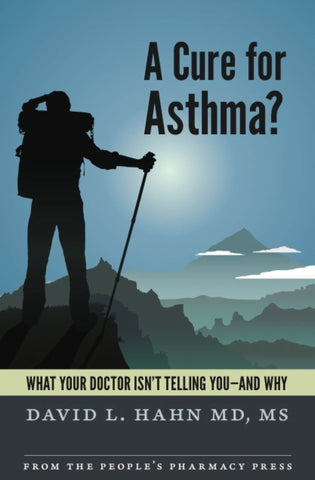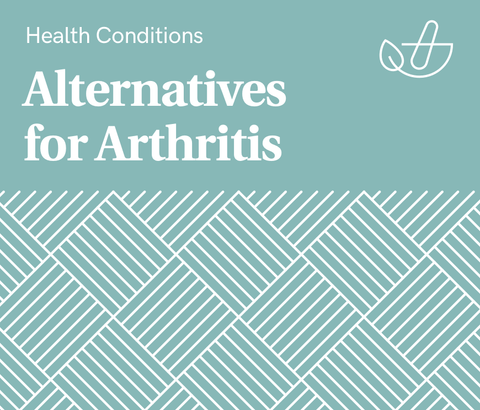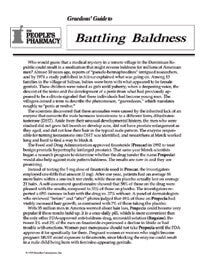Link to your individual collections by creating a new linklist in the Navigation section of the admin.
You can then have it appear here by choosing your new linklist under Customize Theme / Sidebar.

Show 1320: The Fascinating World of Tiny Animals Living on Us
This week on our nationally syndicated radio show, we explore the ecology of our bodies, especially our skin. Our faces, our armpits and even our bellybuttons harbor a multitude of tiny animals that we don’t see most of the time. What are they doing on us?
The Fascinating World of the Tiny Animals Living on Us:
We begin our conversation about the Serengeti on our skin with face mites. Humans host two different species of face mites, tiny arachnids that live in our hair follicles. You might think that they are pretty closely related, since they both live on us. But genetic analysis show that these species actually diverged from their common ancestor 130 million years ago. They are barely related at all!
Mites in the Demodex genus are not the only tiny animals living on us. There are minuscule nematodes as well as a whole host of bacteria and Archaeans, along with viruses that feed on them (bacteriophages). How do they affect our health?
Everyone has an ecology of skin organisms; like our gut microbiome, they may be similar but not identical from person to person. Most people never notice their Demodex mites and couldn’t tell you whether they have any effects. However, some dermatologists attribute the pimple-like lesions of rosacea to Demodex directly or to our immune reactions to the mites or the bacteria they carry.
What can we do to restore our skin’s native ecological balance? We should be careful that if we use antimicrobial treatments, we don’t throw the entire system even further off balance.
The Tiny Animals and Microbes in Our Armpits:
What about our armpits? We may worry about underarm odor and, rightly, attribute it to the skin microbes that thrive there. In fact, the armpit is specially adapted to support certain types of microbes, particularly Corynebacteria.
What we call sweat glands are actually apocrine glands, specialized structures whose purpose is to feed the native inhabitants of our armpits. If we apply antiperspirants to shut those glands down, we can completely disrupt the ecological balance of our armpits. Instead of Corynebacteria, various forms of Staphylococcus start to dominate the Serengeti of our skin there. We may smell somewhat less stinky to a human, but we smell a whole lot more appetizing to a mosquito.
Maintaining the Ecology of Our Skin:
It may be helpful to consider the microbiome of our skin in a similar way to the microbiome of our digestive tract. If you have to take an antibiotic for ten days, there is a chance that it could cause collateral damage. In addition to killing the pathogen responsible for whatever infection you are treating, the antibiotic may also kill a lot of your gut bacteria. That leaves some ecological niches wide open, and a weak but fast-growing species takes advantage. Like a weed proliferating in your garden, Clostridioides difficile (C. diff) takes off and can cause a lot of trouble. We haven’t identified all the equivalents in our skin microbiome, but the process is similar, and the triggers–overused antibiotics–might be, as well.
An Effective Remedy from Viking Days:
Our ancestors may not have known anything about the tiny animals living on our skin, but they had a lot of practical wisdom about how to deal with them. Just as home bakers know a great deal about fermentation that you won’t find in textbooks, people developed quite a sophisticated knowledge of how to manage common infections. Dr. Dunn describes a Viking manuscript with an eye infection remedy. The researcher who encountered it put it to the test and found that it contains several ingredients that should make it effective against skin infections. We could benefit by paying more attention to the care and feeding of our skin microbes.
This Week's Guest:
Rob Dunn, PhD, is an ecologist and evolutionary biologist, focusing on the biodiversity of humans. He is the William Neal Reynolds Distinguished Professor in the Department of Applied Ecology at North Carolina State University and Senior Vice Provost for University Interdisciplinary Programs. In addition, he is a visiting professor in the Center for Evolutionary Hologenomics at the University of Copenhagen.
Rob Dunn is the author of several books including his latest, Delicious: The Evolution of Flavor and How It Made Us Human (co-authored with Monica Sanchez) and A Natural History of the Future: What the Laws of Biology Tell Us.
More of his books can be found on Amazon.




